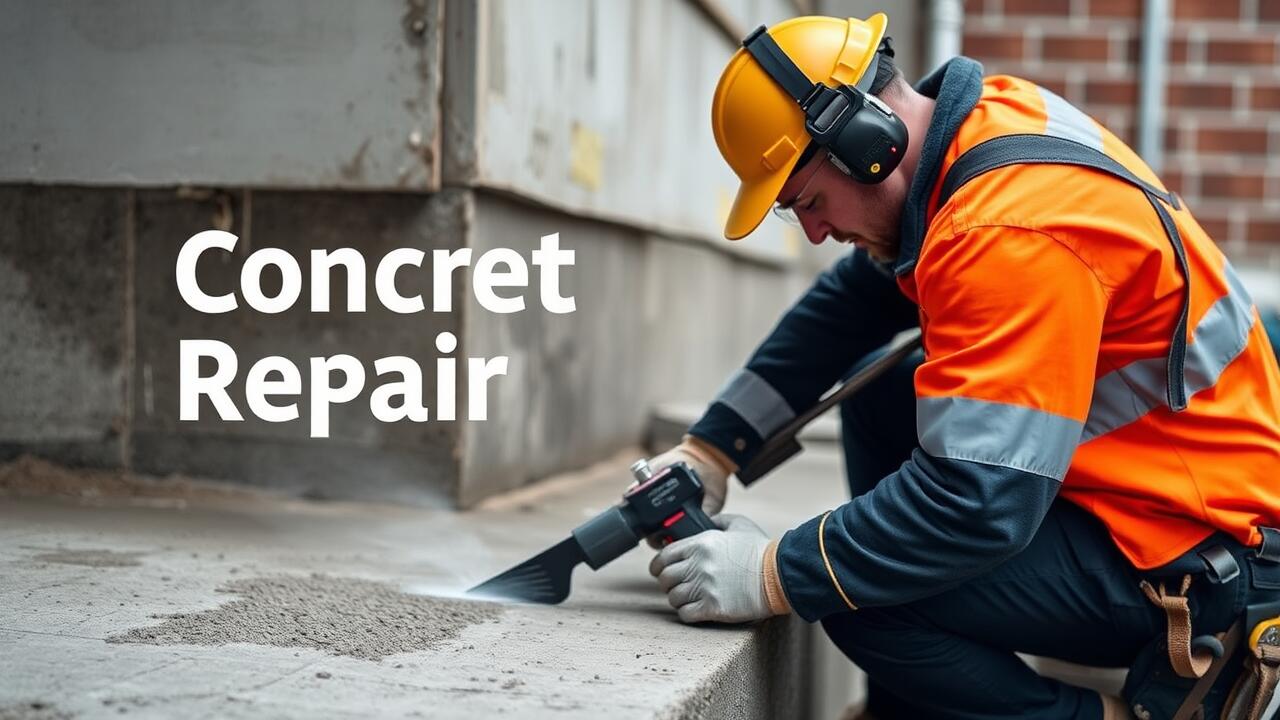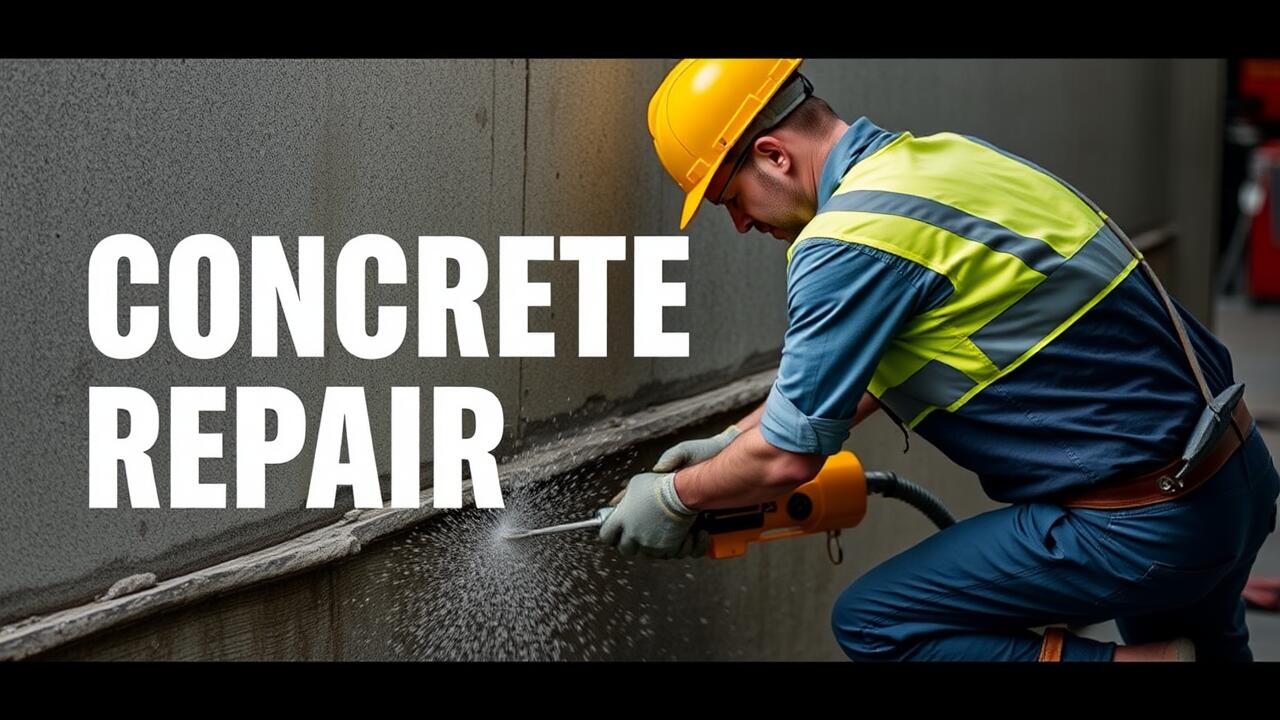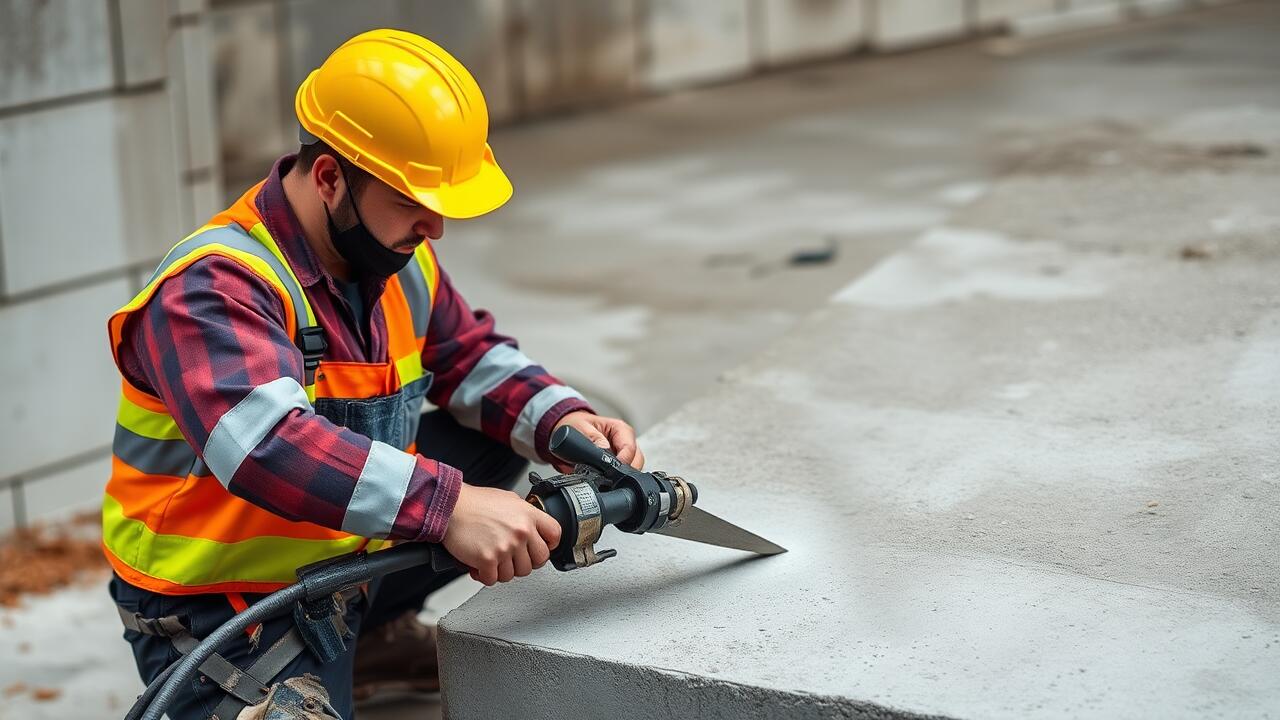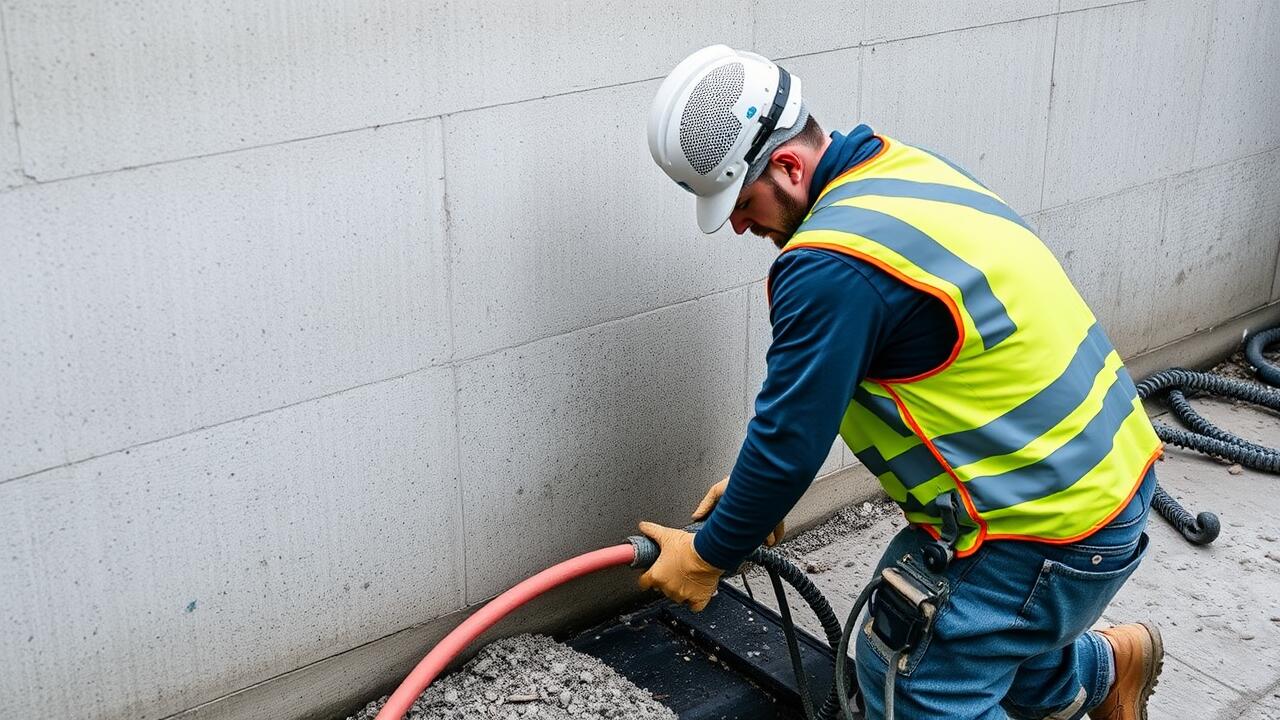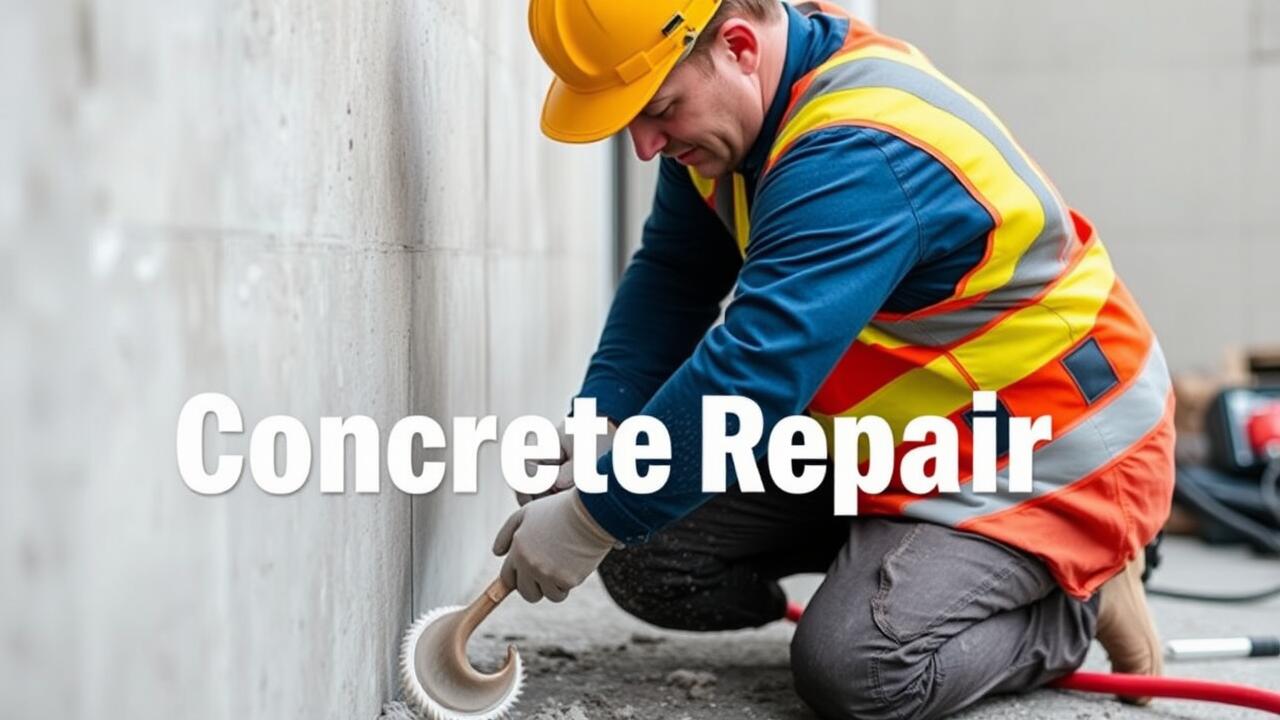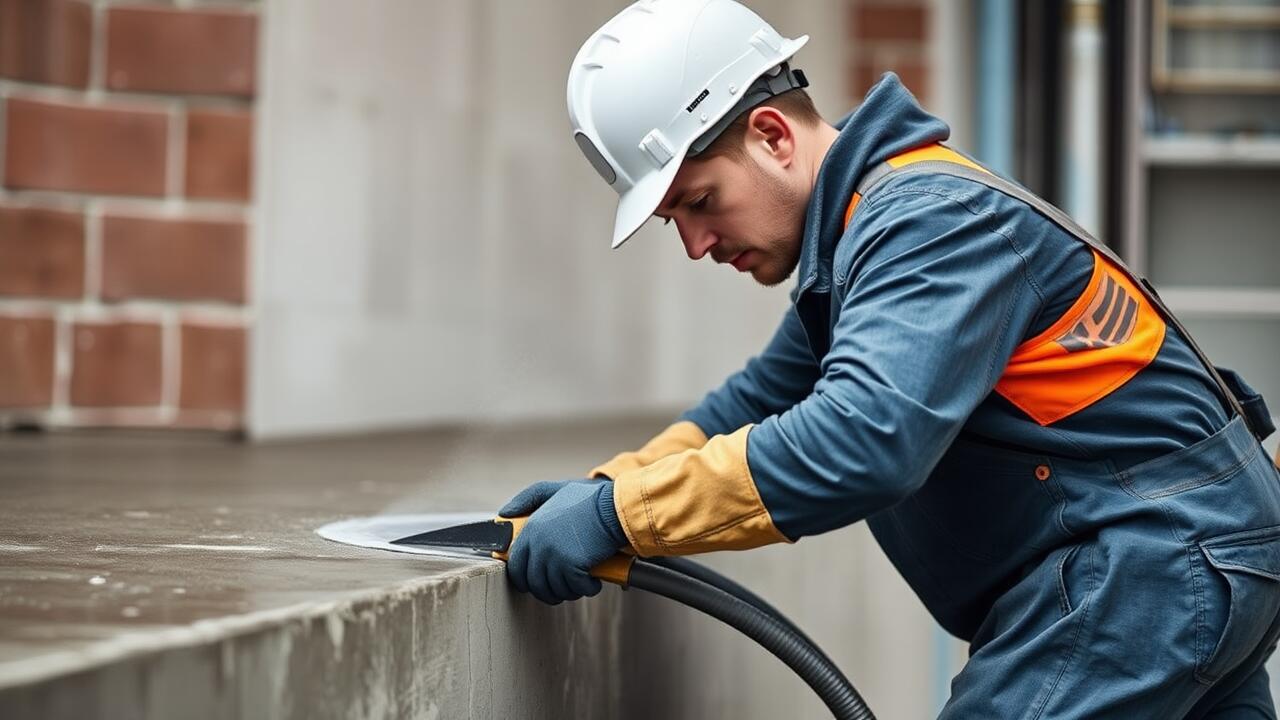
Patching Concrete Cracks
Patching concrete cracks is a common and essential maintenance task to ensure the longevity and aesthetics of any concrete surface. Various materials are available for this purpose, including epoxy, polyurethane, and cement-based fillers. The choice of material often depends on the size and location of the crack, as well as the environment it is exposed to. Proper surface preparation is crucial, which involves cleaning the crack thoroughly to remove dust, debris, and any loose concrete. This ensures that the patching material adheres properly and provides an effective seal.
For effective patching, it's vital to follow proper application techniques. First, the chosen filler should be applied generously into the crack, ensuring it fills the entire void. A putty knife or trowel can be used to smooth the surface and create a seamless finish. After allowing adequate curing time, the patched area must be monitored for any signs of additional cracking. Seeking professional help for Concrete Repair in North Gateway, Phoenix, can ensure that the process is executed correctly, increasing the durability of the repair work and preventing future damage.
Step-by-Step Guide for Patching
To begin the patching process, it is essential to thoroughly clean the cracked area. Remove any loose debris, dirt, or old material using a wire brush or chisel. For deeper cracks, a high-pressure washer or a vacuum can effectively eliminate dust and contaminants. After cleaning, allow the area to dry completely to ensure proper adhesion of the patching material.
Next, prepare the patching compound according to the manufacturer's instructions. For small cracks, a tube of concrete caulk may suffice, while larger fissures may require a concrete repair mix. Apply the material directly into the crack, ensuring it fills completely and smooths over the surface with a putty knife. For efficient results, consider hiring professionals for Concrete Repair in North Gateway, Phoenix who can provide expertise and ensure a lasting finish.
Injection Methods for Repair
Injection methods for concrete crack repair involve filling the cracks with epoxy or polyurethane resins. These materials are injected under pressure, ensuring they penetrate deep into the voids and effectively bond the cracked surfaces. This approach is particularly useful for structural repairs where maintaining the integrity of the concrete is crucial. When handled correctly, injection methods can restore strength and prevent further degradation of the concrete structure.
For those seeking professional assistance, many reliable services offer concrete repair in North Gateway, Phoenix. Skilled technicians are trained to assess the extent of the damage and recommend the most suitable injection method. Using specialized equipment, they ensure the injected materials reach the necessary depths, creating a lasting repair solution. Proper application can significantly extend the lifespan of the concrete and enhance its resistance to environmental factors.
How to Use Injected Materials Effectively
Using injected materials effectively requires proper preparation and application techniques. Begin by thoroughly cleaning the crack and the surrounding area to ensure optimal adhesion and penetration of the material. It is essential to eliminate any dust, debris, or loose fragments. Once the surface is ready, utilize a caulking gun or a professional injection system to deliver the epoxy or polyurethane resin deep into the crack. Employing a slow and steady technique will help ensure that the material fills the voids effectively, preventing future water intrusion and structural issues.
After the injection, allow the material to cure as per the manufacturer's guidelines. Monitoring the temperature and humidity during the curing phase can influence the effectiveness of the repair. In places like North Gateway, Phoenix, where temperature fluctuations are common, using additives that enhance flexibility and resistance to cracking can be beneficial. Keeping an eye on the cured material can help identify any potential problems early, allowing for timely interventions and promoting the longevity of the repair. Concrete Repair in North Gateway, Phoenix, emphasizes the importance of using high-quality materials and techniques for the best results.
Preventative Measures for Future Cracks
To minimize the chances of future cracks in concrete, it is essential to implement proper maintenance strategies. Regular inspections can identify early signs of deterioration, allowing for prompt action before minor issues escalate. Ensuring proper drainage around concrete surfaces prevents water accumulation, which can lead to expansion and contraction. Additionally, using sealants can help protect the surface from moisture and other damaging elements.
Investing in high-quality concrete mix and additives contributes to enhanced durability. Proper curing techniques play a crucial role in achieving a strong finish. For those in need of assistance, professional services for concrete repair in North Gateway, Phoenix can provide tailored solutions to fortify structures against cracking. Utilizing these preventative measures creates a solid foundation for an extended lifespan of your concrete surfaces.
Maintenance Tips to Avoid Cracking
Proper maintenance plays a crucial role in preventing cracks in concrete surfaces. Regular inspections can help identify small issues before they escalate. Look for any signs of wear or damage, especially in high-traffic areas. Implementing a routine cleaning schedule helps keep debris and moisture away, which can contribute to deterioration over time. Additionally, applying a high-quality sealant can provide an extra layer of protection against the elements.
Avoid heavy loads on new concrete for at least 28 days to allow for proper curing. If you live in a region with freeze-thaw cycles, consider using air-entrained concrete mixtures that help minimize damage from fluctuating temperatures. Consulting with professionals like those specializing in Concrete Repair in North Gateway, Phoenix, can provide insights tailored to your specific situation. Taking preventive measures now can save time and costs associated with extensive repairs down the line.
FAQS
What are the common methods for repairing concrete cracks?
Common methods include patching, injection methods, and preventative measures to avoid future cracks.
How do I know which method to use for my concrete cracks?
The method you choose depends on the size and severity of the cracks, as well as the location and type of concrete surface. Small surface cracks can often be repaired with patching, while larger or structural cracks may require injection methods.
Can I repair concrete cracks myself?
Yes, many homeowners can repair small cracks themselves using patching materials or injection kits. However, for larger or more complex issues, it may be best to consult a professional.
What materials are best for patching concrete cracks?
Common materials for patching include epoxy, polyurethane sealants, and concrete resurfacer, depending on the size and type of crack.
How can I prevent concrete cracks in the future?
Preventative measures include proper drainage, regular maintenance, using expansion joints, and sealing the concrete to protect it from moisture and temperature changes.
